A few weeks ago we received notice that the entire open are along the huge berm that crosses the Refshaleøen Island east-to-west has been rented out for the next couple years to the company building the next metro line in Copenhagen.
Therefore we can no longer have our rocket engine teststand located next to the berm, using it to contain any debris or scrapnel that might be flung from a ruptured engine.
This in unfortunate, since the huge berm and the concrete slab along the foot of it, has been an integral part of the engine teststands we have used for half a decade.
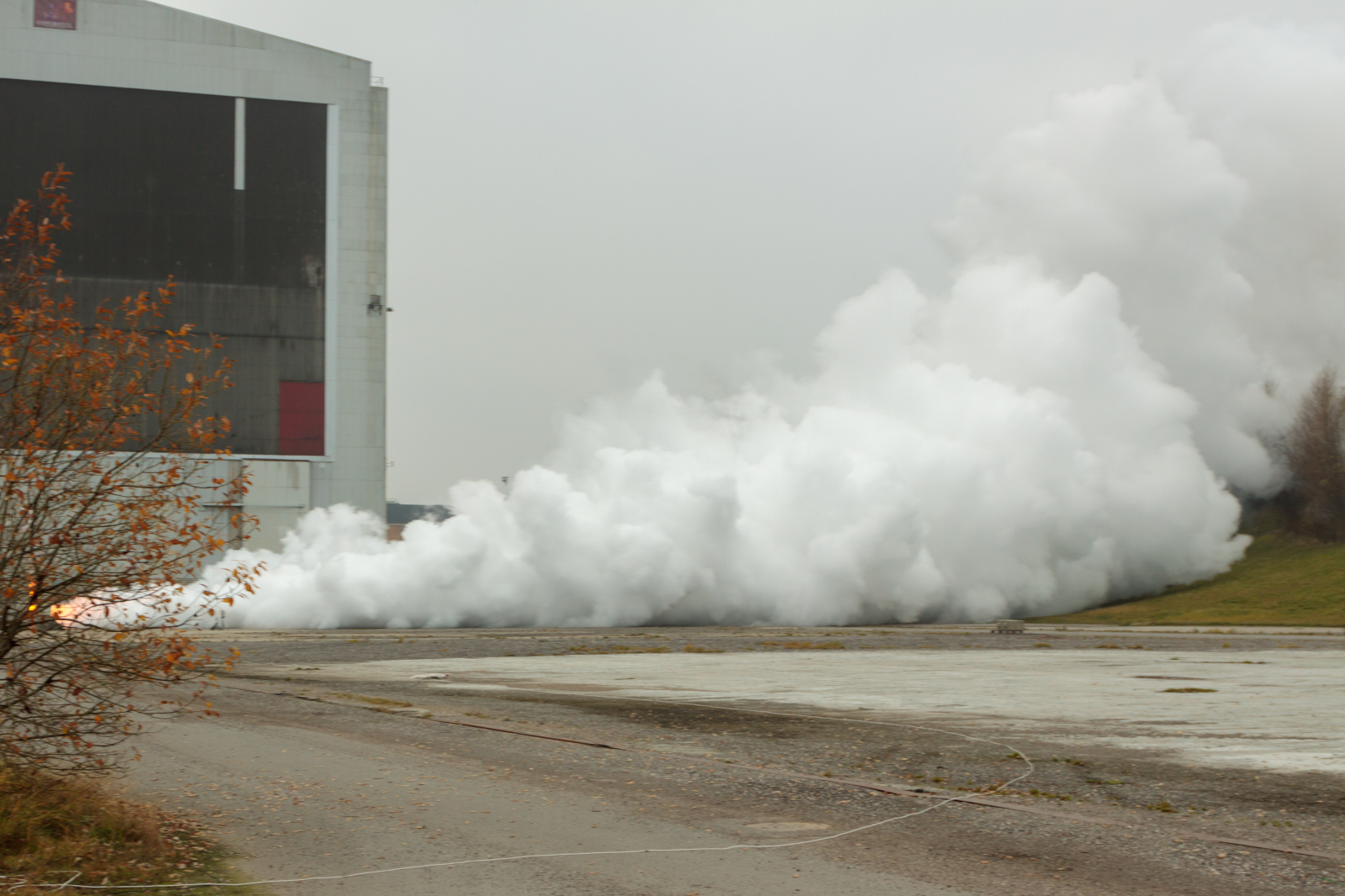
Horizontal static test of an engine from the HEAT-1X series 2010, the huge earth berm is to the right. Foto: Copenhagen Suborbitals

Spectators await a static test in 2010, the earth berm is in the background. Foto: Thomas Pedersen/Copenhagen Suborbitals
VTC-3 decommisioning and removal
Last summer we received notice that the plot of land the huge VTC-3 engine teststand stood on, had to be vacated and therefore the teststand demolised and removed. The area had been rented to the metro team.
The metro team has been renting more and more and larger and larger plots of land on Refshaleøen over the last year or two. They use the wide open areas as worksites to build and modify huge steel constructions that are used to stabilize the pits & underground chambers they dig, in order to insert & remove their tunnel drilling machines, build underground stations.
They work around the clock seven days a week. Large 18-wheelers, mobile cranes, heavy haulage rigs etc. are constantly driving to & from their busy worksites.
How CS used to build engine teststands
For half a decade CS has been testing rocket engines in teststands that had the huge earth berm as an integral component.
The teststands themself were built of a locally found material left behind by some prior occupants of the island. They are concrete bricks, weighting 2,4 tons a piece. They connect together sort of like lego bricks, and therefore quite large and very stable constructions can swiftly be built using them.
Years ago we used horizontal teststands, built of two low rows of these bricks. Teststands built this way was used to test the series of rocket engines that ended up in the HEAT-1X rocket.
Later we moved to vertical teststands and a series of tall structures were created. All were built of these concrete bricks and steel. The height mandated what we rented a crane and operator for the day, each time we built or tore down one of these teststands.
In both the horizontal and the vertical teststands, the huge berm played the important part of blocking and absorbing any blocks of hybrid fuel or pyrotechnic components ejected during a nominal burn and any fragmetns of a ruptured engine, in case of an engine failure.
The concrete bricks were used to form a horseshoe-shaped wall that would block all flying debris on the three sides not covered by the earth beam, as well as serve as the walls onto which pipes, wires, cameras, access platforms, tanks etc. could be mounted.
All these teststands has been temporary structures. We had to clear them away each time the area was to be used for concerts and festivals, something that takes place with an increasing frequency on Refshaleøen. Therefore some of them only served for one or a few engine tests, before being torn down to make room for a concert or some other non-rocket-activity.
VTC-3 was comparatively long lived. This was because we built it on what was then the remotest, most deserted and most desolate part of the Island, the area north of the old drydock on the eastern side of the Island. It remained in place during several concerts and festivals, including the Eurovision Song Contest. It was standing in the middle of what they considered their back-stage area or backlot storage area, but due to a diplomatic effort on our part and the remote location, it received permission to remain standing despite the concerts.
However when the metro team rented the entire area north of the drydock, we had to dismantle the VTC-3 and remove the materials.
Berm history
The huge berm is not on the old pictures from back when the area was a working shipyard.
Rumour has it that it consists of leftover soil from the drilling & digging of the first metro line in Copenhagen.
Berm pleasure & pastime
On top of the huge berm, one finds a tiny bit of nature. The island of Refshaleøen has a number of these small hidden gems.
Standing at the foot of the berm, the area on top of it does not look worth a visit. But if one venture up there, a tiny forest reveals itself. The berm has a wide flat, 4-5 meters wide at the top. A small forest grows up there, complete with plenty undergrowt and bushes to easily hide a man from view.
Up here you will find plants, birds and peace & quiet. The distance to the busy center of Copenhagen is only 3,5 kilometers, but one finds oneself inside a forest, the only sounds being the birds singing.
Looking out through the foilage to the north, one finds a good view of the sea, the old seaforts, the entrance to the Copenhagen Harbour and the shippinglane in Øresund only a single seamile away.
At all static tests we have conducted we have had to pay special attention to the forest on top of the berm. Every second test or so we have caught someone walking up there. Some were trying to avoid paying the entrance fee, some were trying to get to experience the static test from up there, which could turn quite unheatlhy, and some were local people out for their usual trip to the secret forest on top of the berm, and might not even have realiced we were conducting an engine test that day.
So at every static test we have had our guards patrol the top of the berm, and one of the last items on the guards checklist before calling in to Flight that the area was clear of intruders and ready for static test, was to conduct one final clearing of the top of the berm.
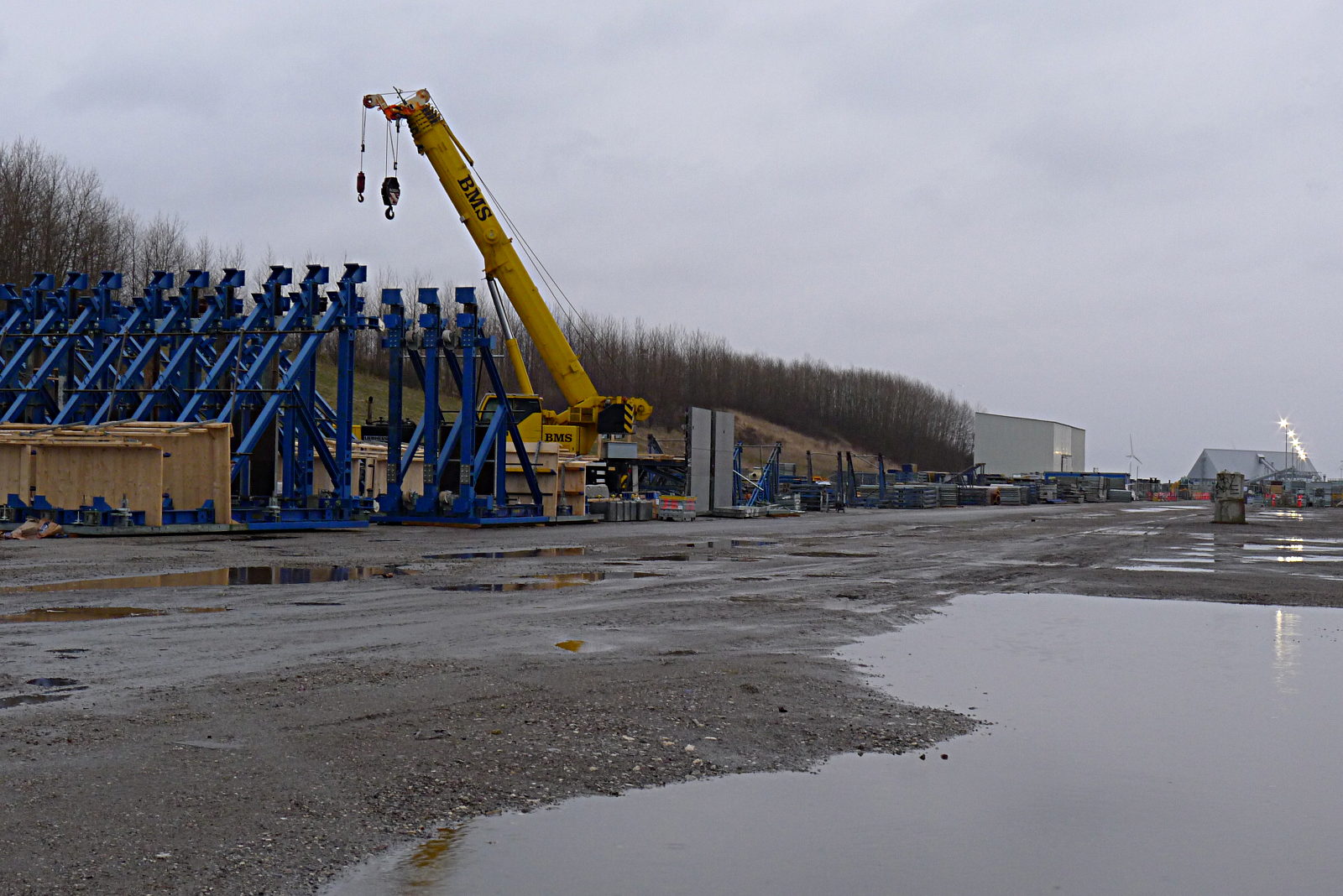
The area along the huge earth berm after the metro team took over. Foto: Kristian Elof Sørensen/Copenhagen Suborbitals

The drydock area after the metro team took over. Foto: Kristian Elof Sørensen/Copenhagen Suborbitals
Berm-less teststands
The CS engine development runs in two separate programmes.
One is the BPM-5 series for the NEXØ rockets and for general tests and excercise in liquid fueled rocketry. Subprogrammes such as the super simple BPM-2 engine or the BPM-NTU student developed engine, also belong in this program.
The other is of course the big engine, the one that is powerfull enough to lift a rocket with a manrated capsule on top. This engine has the preliminary name BPM-100, obviously named for the design thrust.
Engines in the BPM-100 series would not have been tested on Refshaleøen even if the metro team was not here. The BPM-100 rocket engine will develop too much noise and cause so much vibration etc. that we cannot test so close to neighbours as we would have to on Refshaleøen. Maybe some years ago, when the Island was more sparsely populated and larger areas were entirely unused, but not at the present usage level.
Therefore we have been scouting for teststite locations for the last year or so, and we have started some preliminary negotiations and talks with landowners. This is very much a work in progress. We are met with entusiasm and a willingness to find a good location for us at many of the organisations we come in contact with. But we do have a lengthy process in front of us before we can declare the future BPM-100 level teststand ready for static testing. Pointers to suitable locations would be most welcome.
Engines at the BPM-5 level however, we had planned to continue testing on Refshaleøen for the forseable future. We had obtained permission to build yet another small temporary teststand by the large berm, on the condition that we removed it before the concert season. But now that the metro team has rented the entire are along the berm, that plan is no more.
Therefore we have started a design process for a new kind of teststand enclosure for engines on the BPM-5 level.
We want to utilize the mobile teststand for BPM-5 series engines that we already have, so what we need is fresh ideas for how to build an enclosure for it that will allow us to conduct static testing on some other plot of land on Refshaleøen, where we do not have the benefit of neither the huge berm nor the firm solid easily cleaned concreted ground.
There are other unused plots on Refshaleøen, and there are other berms. But the berms are much lower and the ground is dirt or mud rather than a thick concrete slab. Also they are even further from electricity or water sources than the VTC-3 location were.
Dirt and mud instead of concrete is a problem for two reasons. One is that while a concrete slab can be easily cleaned so no gravel or sand is thrown around by the blast from the rocket engine. The other is that we have anchored some of the teststands directly to underground concrete, thereby ensuring the rocketengine could not move anything about with its thrust.
The first sketch of an idea for a solution was on the whiteboard in the background of a recent Youtube video we published.
We need to come up with a solutions that satisfies these requirements:
- Transportable using a wheelloader or a flatbed truck with a crane. Outer dimensions not to exceed that which is legal and practical for road transport, so we have the option to move it to a testsite outside the Island.
- Able to absorb and contain any fragments that results from a chamber overpressure event
- Controlled airflow, both intake and outlet. No sandblasting of the teststand due to dirt sucked in by the exchaust from the engine. Exchaust from the engine needs to be derected in a welldefined and safe direction.
- Must not overheat the teststand equipment, neither during the firing nor in the seconds and minutes immediately after the test when the airflow has stopped.
- Must not vibrate to pieces during the test
- Must remain in place during the test, must not be moveable by the power of the rocket engine due to low friction with the dirt beneath
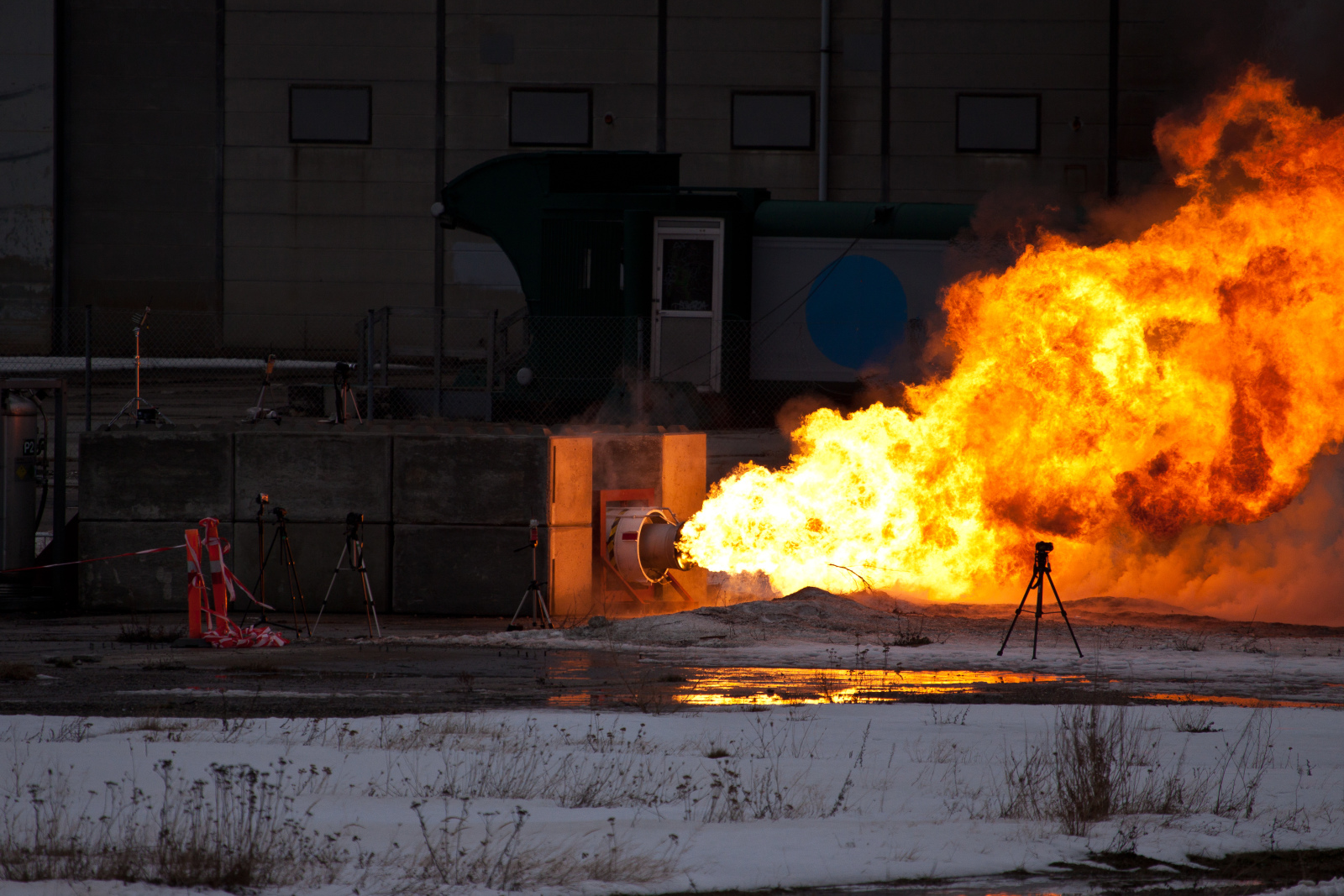

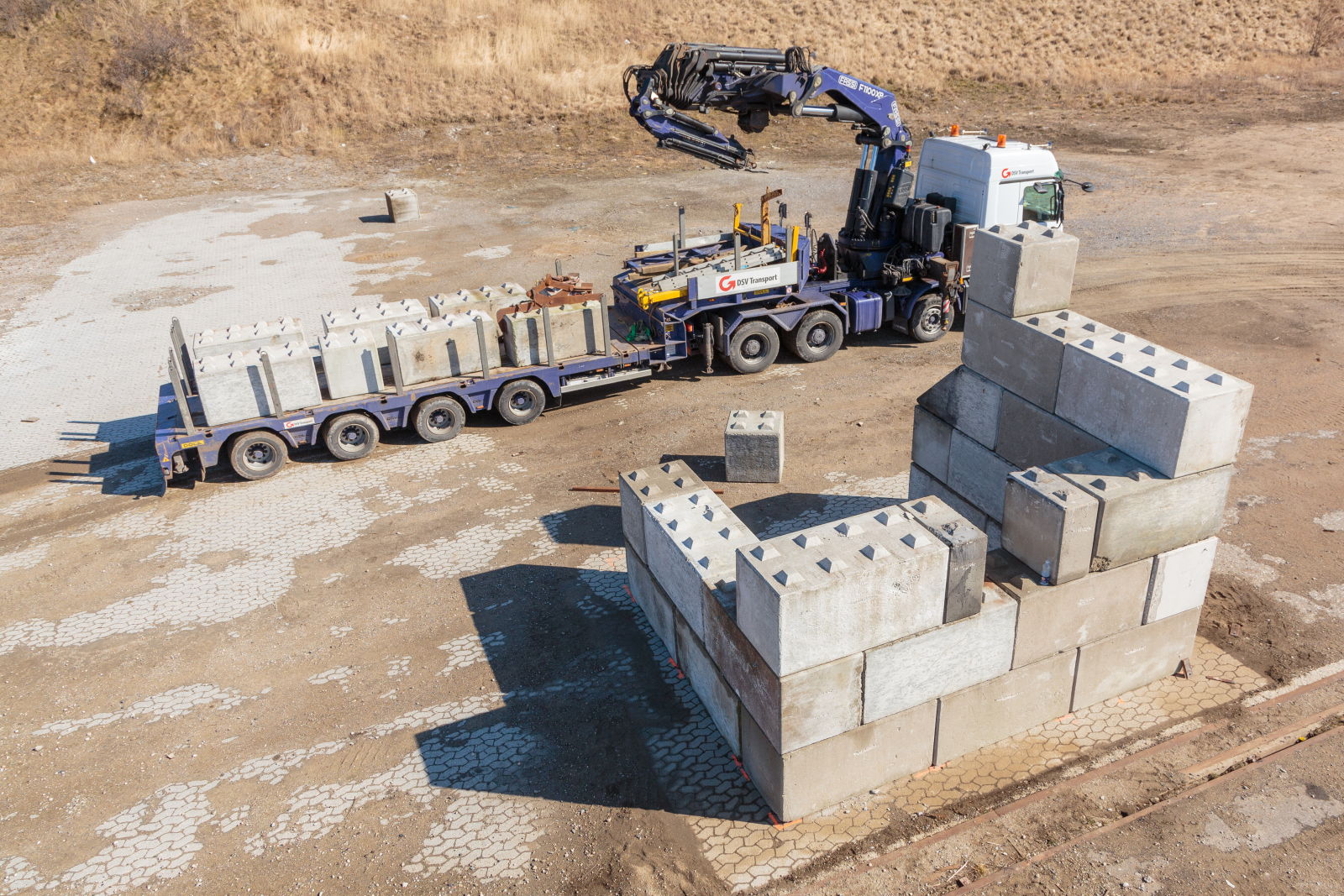
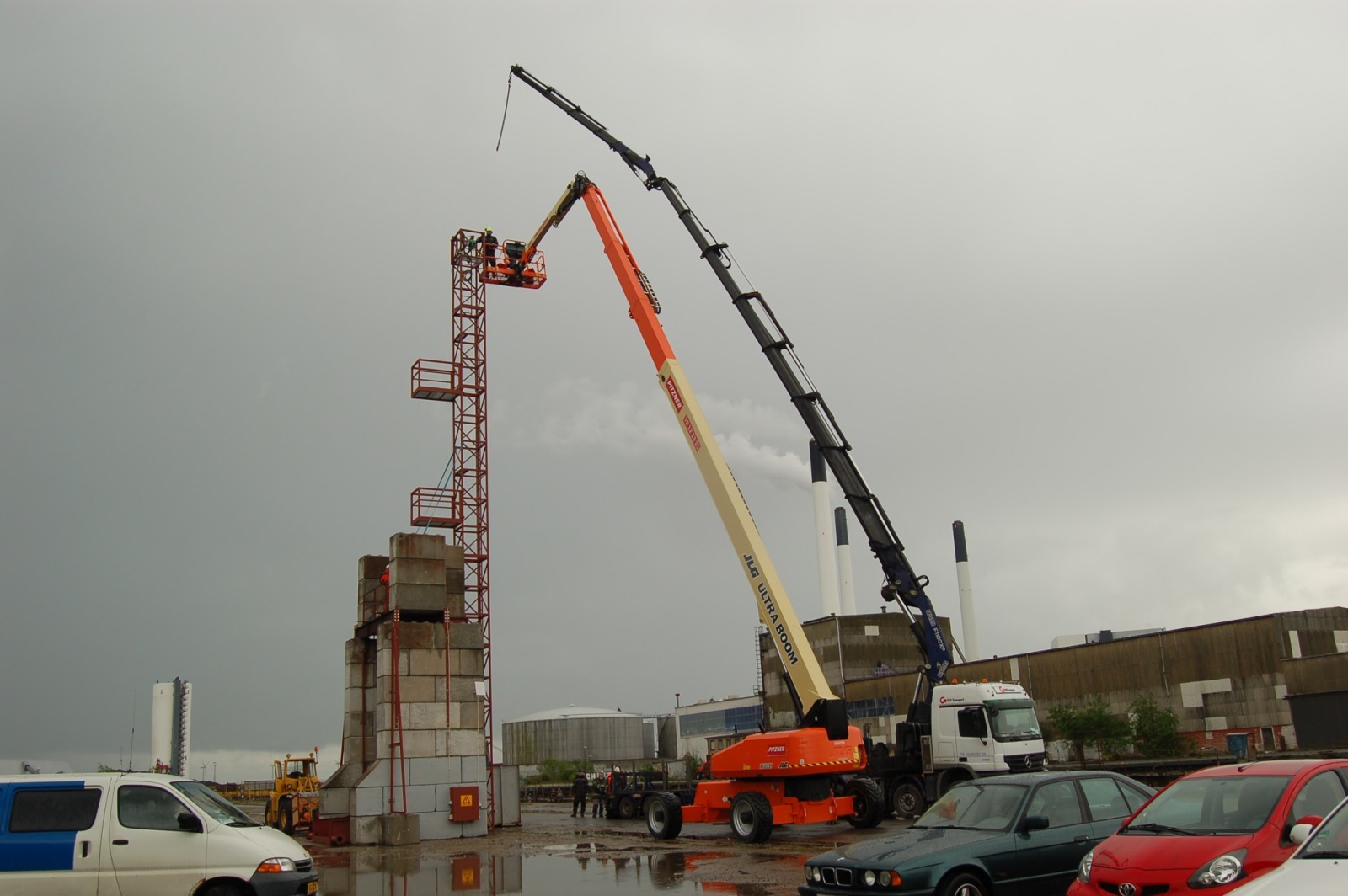


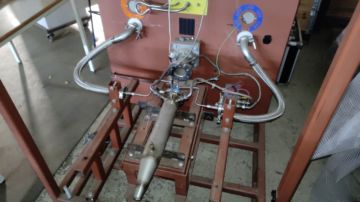




1 Comment
Florence mc Carthy · 8th April 2016 at 1:34 pm
If you managed to get permission to build a floating test stand and tested the engines near or inside one of the fortress you could have public days with food drink and conferences/classes .
The ticket price for these days out would help offset the costs of the testing .
Comments are closed.